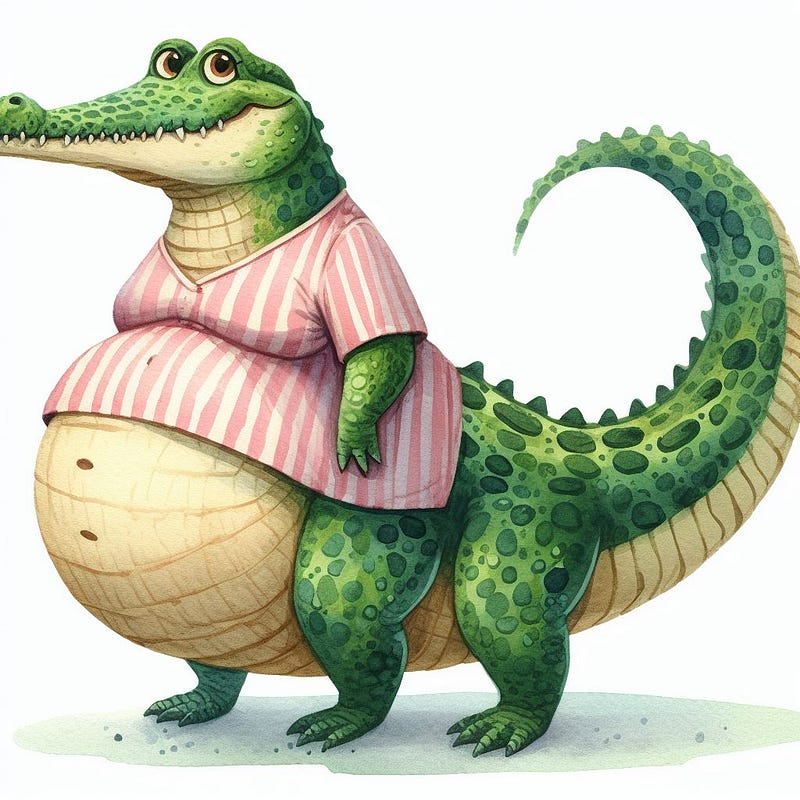# Crocodiles: The Marvels of Parthenogenesis Explained
Written on
Chapter 1: Unveiling Parthenogenesis
Meet Mary the crocodile, a remarkable creature that showcases a unique reproductive phenomenon. Unlike traditional tales of immaculate conception, this Mary doesn’t rely on a mate for her offspring. In fact, she embodies the fascinating concept of parthenogenesis—a process where an organism can reproduce without fertilization from a male.
This extraordinary ability allows certain species, including crocodiles, to alternate between sexual and asexual reproduction. Essentially, Mary can produce offspring entirely on her own, demonstrating that reality can be stranger than fiction.

Parthenogenesis is not exclusive to crocodiles; it is found in a variety of species, ranging from certain plants to insects like bees and ants, and even some reptiles. Research suggests that this ability might trace back to their ancient ancestors, the dinosaurs. While there is still much to uncover, the evolutionary link between these reptiles and their prehistoric relatives is intriguing.
Section 1.1: The Wider World of Parthenogenesis
Crocodiles are not alone in their reproductive strategies. Many smaller species, including lizards and fish such as sharks, have demonstrated this fascinating capability. In fact, over 80 vertebrate species are known to reproduce through parthenogenesis, highlighting the diversity of this reproductive strategy.

Interestingly, larger creatures also display this trait. Recently, a case involving a stingray named Charlotte caught attention when she was discovered to be pregnant without a male counterpart. Initially thought to have a tumor, Charlotte's condition revealed her as a self-sufficient mother-to-be.
Subsection 1.1.1: Distinguishing Parthenogenesis from Other Reproductive Methods
It’s important to distinguish parthenogenesis from the reproductive process in chickens. While hens can lay eggs without a rooster, these eggs won’t develop into chicks unless fertilized. In contrast, true parthenogenesis allows females to produce viable offspring independently, showcasing an impressive form of self-sufficiency.
Section 1.2: Celebrating Female Empowerment in Nature
The ability of female species to reproduce without a male is a powerful statement of autonomy and empowerment in the animal kingdom. When a female finds herself without a mate, she can still thrive and continue her lineage independently. This remarkable capability speaks volumes about the resilience of these creatures.
Chapter 2: A Creative Reflection on Independence
To encapsulate this theme, here’s a whimsical poem that reflects the spirit of parthenogenesis:
I admire you dearly, but I don't need your hand,
This independence feels like a win, so grand.
Though I cherish the moments we share together,
Parenting solo is a challenge I can weather.
Liberated and empowered, I thrive on my own,
In this journey of motherhood, I’ve fully grown.
So, no crocodile tears—just joy in my heart,
Embracing this freedom, I’m ready to start.

This exploration of parthenogenesis highlights not only the wonders of nature but also the profound lessons of self-reliance and empowerment found within it.